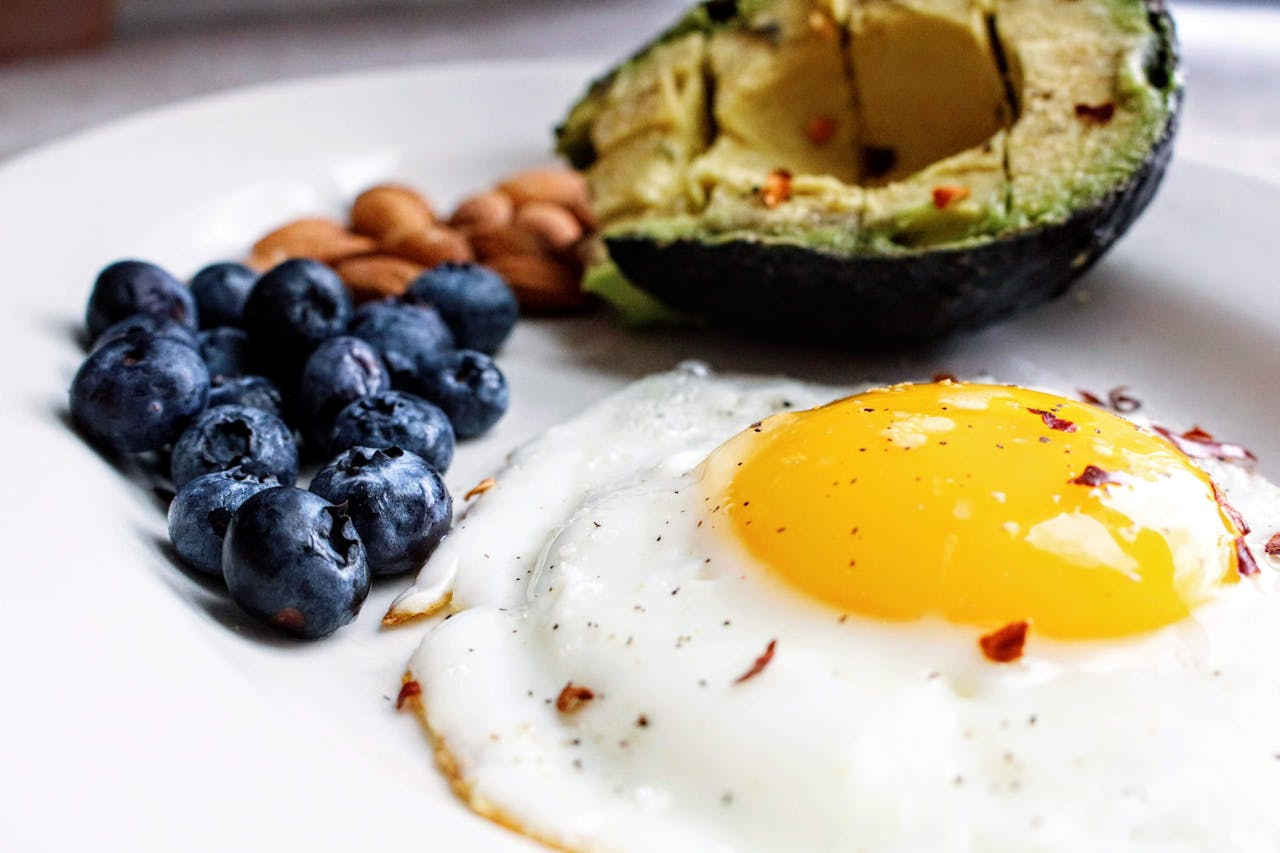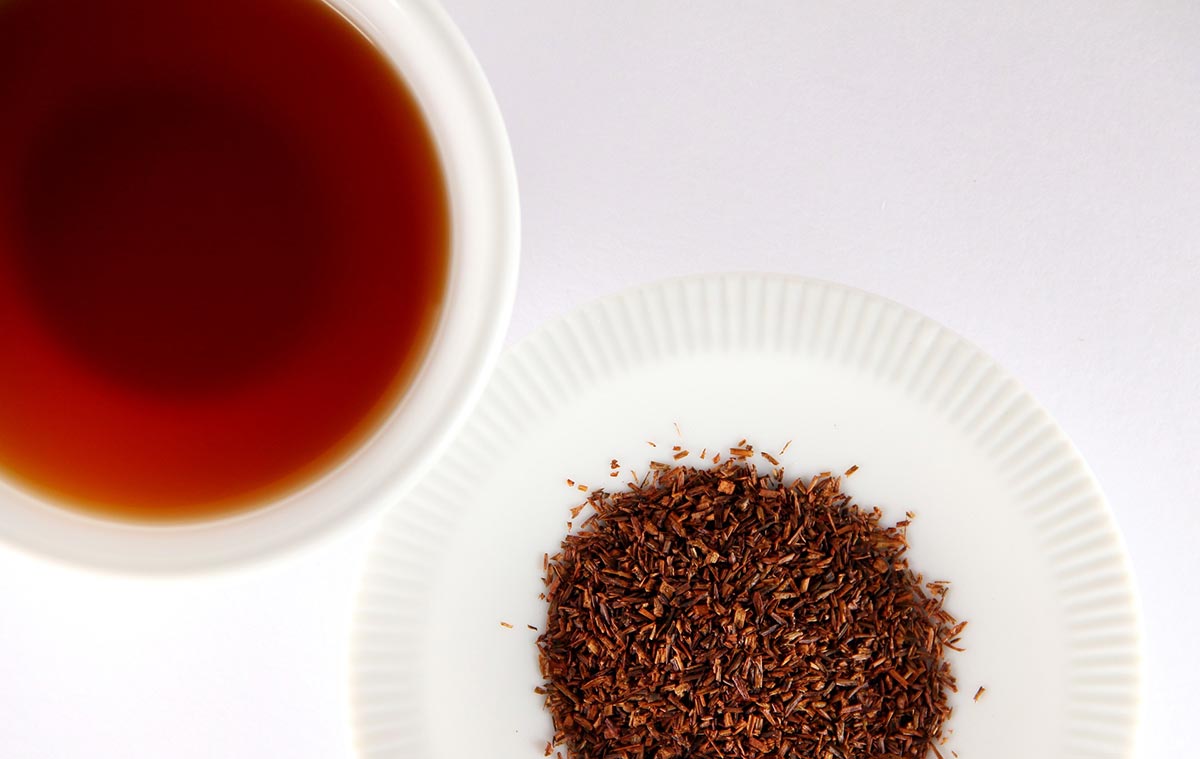From Short Bursts to a Life Built Under the Bar
Walk into a typical U.S. gym on any Monday and you’ll see two worlds sharing the same floor. On the treadmills: folks bargaining with the cardio gods, eyes glued to a screen, hoping motivation lasts longer than the current episode. In the weight area: the quiet lifers, logging sets like clockwork, chatting about sleep, protein, and whether trap-bar deadlifts count as self-care. Here’s the truth most “summer-shred” plans skip: long-term motivation isn’t a feeling you chase; it’s something you build. And nothing builds it like strength training woven into your lifestyle.
Why Lifting Outlasts Willpower
Willpower is great for getting you to the door. Lifestyle is what keeps you there for decades. Strength training creates a feedback loop that cardio alone rarely matches: you add a small plate, your form tightens, your posture improves, and stairs mysteriously get shorter. That visible, measurable progress becomes its own reward. Behavior science calls this “self-efficacy”—the belief that your actions reliably lead to results. In the gym, that belief gets reinforced every time you hit depth on a squat you once feared.
The Science: Habits, Not Hype
Motivation spikes are like pre-workout: useful, short-lived, and not to be confused with a plan. Habit research shows that consistent cues, frictionless routines, and small wins predict adherence better than any hype video. In other words, the best lifting program is the one you can repeat after a rough work week, a bad night’s sleep, or a late flight.
Strength training is particularly habit-friendly because it packages progress into clear units (sets, reps, load) and lets you “bank” small wins over time. Those micro-wins keep dopamine aligned with reality—no endless novelty required.
Aesthetics Meet Longevity (You Don’t Have to Choose)
Let’s be honest: a lot of people start training to look better. That’s fine. But the lifers stay because they feel better. Resistance training increases lean mass, preserves bone density, improves joint stability, and supports metabolic health. It also helps regulate insulin sensitivity and blood lipids while strengthening connective tissue. The long game is simple: add or maintain muscle, keep moving well, and avoid the detours of repetitive overuse or crash dieting. The side effect is aesthetics you can actually sustain.
The Mental Edge: Iron Therapy, Sans Incense
Strength work is moving meditation with a barbell. The narrow focus of a heavy set crowds out digital noise, while the ritual—warm-up, setup, execution, notes—gives your brain a clean structure. Physiologically, lifting can improve mood via acute neurotransmitter shifts and chronic changes in stress reactivity. Psychologically, the practice strengthens identity: you don’t “try to go to the gym”; you are a person who trains. That identity makes motivation optional—nice to have, not required.
Programming a Lifestyle (Not a Phase)
Long-term lifters design training like a business plan: resilient to bad days, adjustable to stress, and pointed at clear outcomes. Think full-body templates two to three times a week, rotating emphasis blocks (strength, hypertrophy, power), and planned deloads every few weeks. The goal isn’t to crush yourself; it’s to accumulate productive work. Self-checks matter: if loads feel 20% heavier than expected or your warm-up moves like molasses, you reduce volume and live to train tomorrow. That humility is not weakness; it is strategy.
Fuel and Recover Like You Mean It
Motivation is elastic when recovery is solid. Protein intake in the range of 1.6–2.2 g/kg supports muscle protein synthesis across the week. Carbohydrates replenishing glycogen shield subsequent sessions from “dead leg” syndrome, and omega-3s support recovery signaling. Sleep does what supplements can’t: consolidate memory, repair tissue, regulate appetite hormones, and stabilize mood.
Hydration and light active recovery keep you training instead of limping. No one quits because training works too well; they quit because allostatic load (total stress) outruns recovery. Solve that, and the iron stays magnetic.
Where Most People Lose Motivation (And How Lifters Don’t)
People don’t fall off because they’re weak. They fall off because the plan requires a perfect life. Life is not perfect. The lifter’s workaround is to lower friction: a default training time, a backup “minimum viable session,” and a home setup that makes missed commutes a non-issue.
They also tidy their decision-making. Tuesday is lower-body day. That’s not a debate; it’s identity. The same logic guards nutrition: default meals, set protein targets, and a refusal to rebuild the food pyramid every week because a new headline yelled at them.
Which Training Actually Sustains Motivation?
Different methods can work, but some approaches foster long-term adherence and progress better than others. Here’s a high-level comparison grounded in what the literature and coaching practice keep showing.
| Training Approach | What It Feels Like | Motivation Over 6–12 Months | Typical Benefits | Common Pitfalls |
|---|---|---|---|---|
| Progressive Strength (full-body 2–3×/week) | Steady, skillful, measurable | High—visible progress keeps buy-in | Lean mass, bone density, joint resilience, metabolic health | Ego lifting, skipping deloads |
| Hypertrophy Split (3–5×/week) | Pump-focused, higher volume | Medium–High if recovery is managed | Muscle growth, physique changes | Junk volume, chasing novelty |
| HIIT-Heavy Cardio | Intense, time-efficient | Medium—great short term, can fatigue | VO₂, conditioning, time savings | Overuse, CNS fatigue if overdone |
| Zone-2 + 2× Lifting | Low-stress, sustainable | High—energy improves, recovery stays solid | Cardiometabolic health, endurance + strength maintenance | Underloading if ego avoids weights |
| Random Classes Only | Fun, social, varied | Medium—depends on structure | General fitness, community | Lack of progression, plateau risk |
Identity-Based Habits: The Real Secret Sauce
“Be the kind of person who doesn’t miss Monday.” It’s cheesy because it works. Identity-based habits shrink the willpower tax. You front-load decisions: set clothes out, block calendar times, repeat the same warm-up every session. Over time, the ritual becomes the reward. When life is chaotic, you keep the ritual and trim the session. That way the habit survives and motivation doesn’t have to.
Community, Accountability, and the Right Amount of Pressure
Humans are social lifters. A partner, a coach, or a small crew boosts adherence, technique quality, and safety. Healthy pressure—posting your training log, checking in weekly, prepping a meet—turns vague goals into specific commitments. The trick is dosing it. Too much external pressure and you burn out trying to impress imaginary critics; too little and Netflix wins. Find the middle lane where the barbell expects you, politely, three times a week.
How to Build a Decade-Proof Plan
• First, write a “minimum viable week” you could hit during your busiest season—maybe two full-body days and a Zone-2 walk.
• Second, create your “optimal week” for calmer seasons—three lifting days, two low-intensity cardio sessions, and one skill or mobility block.
• Third, automate recovery: bedtime alarms, a default post-lift meal, and a 10-minute evening wind-down.
• Finally, track what matters: loads, reps, sleep, and a 1–5 readiness score. If the score dips for three days, adjust training before training adjusts you.
When Aesthetics Are the Goal (Without Losing Your Health)
If body composition is front-and-center, think seasons, not extremes. Run 8–12-week focused blocks with measured deficits for fat loss or slight surpluses for muscle gain, separated by maintenance phases where performance and recovery lead. Keep protein high, resistance training non-negotiable, and cardio supportive (not punitive). You want a physique that survives holidays, travel, and stress—not one that shatters at the first missed meal prep.
When Longevity Is the Goal (Without Losing Your Edge)
If healthspan tops your list, lifting remains the backbone. Two to three strength sessions, two low-intensity cardio blocks, plenty of walking, and a bed you actually use. Aim to maintain or slowly gain strength into your 40s and 50s, protect power with jumps or light Olympic variations, and hold joint range with mobility you’ll actually do. The body that plays at 70 is built at 35, 45, and 55—with consistency, not heroics.
Roadblocks You Can Expect (and Outsmart)
Time crunch: run an A/B full-body template with 35–45-minute caps.
Travel: swap to kettlebells, bands, and bodyweight—push/pull/legs/core gets it done.
Plateau: rotate rep ranges (6–10, then 8–12), add one back-off set, or change bar path (e.g., front squat for a block).
Nagging pain: adjust the pattern, not the plan—landmine press for shoulders, trap-bar hinge for cranky backs. The goal is training age, not pain tolerance.
Strong Today, Capable Tomorrow
You don’t have to choose between looking good for summer and moving well for life. Lift with intent, recover like a pro, eat like you care about next month and next decade, and make your training identity non-negotiable. The longer you live this way, the less you’ll ask, “How do I stay motivated?”—because the answer will be in your calendar, your kitchen, your sleep, and the quiet confidence of a barbell that keeps meeting you where you are.
Sources
- Westcott WL. Resistance training is medicine: effects of strength training on health. Current Sports Medicine Reports. 2012;11(4):209–216.
- Peterson MD, Rhea MR, Sen A, Gordon PM. Resistance exercise for muscular strength in older adults: a meta-analysis. Ageing Research Reviews. 2010;9(3):226–237.
- Cornelissen VA, Smart NA. Exercise training for blood pressure: a systematic review and meta-analysis. Journal of the American Heart Association. 2013;2(1):e004473.
- Morton RW, McGlory C, Phillips SM. Nutritional interventions to augment resistance training–induced skeletal muscle hypertrophy. Frontiers in Physiology. 2015;6:245.
- Phillips SM, Van Loon LJC. Dietary protein for athletes: from requirements to optimum adaptation. Journal of Sports Sciences. 2011;29(S1):S29–S38.
- Hawley JA. Nutritional strategies to modulate training adaptations. Journal of Physiology. 2014;592(18):3957–3968.
- Fullagar HHK, Skorski S, Duffield R, et al. Sleep and athletic performance: the effects of sleep loss on exercise performance and physiological/biochemical responses. Sports Medicine. 2015;45(2):161–186.
- Stanley J, Peake JM, Buchheit M. Cardiac parasympathetic reactivation following exercise: implications for training prescription. Sports Medicine. 2013;43(12):1259–1277.
- Seiler S. What is best practice for training intensity and duration distribution in endurance athletes? International Journal of Sports Physiology and Performance. 2010;5(3):276–291.













